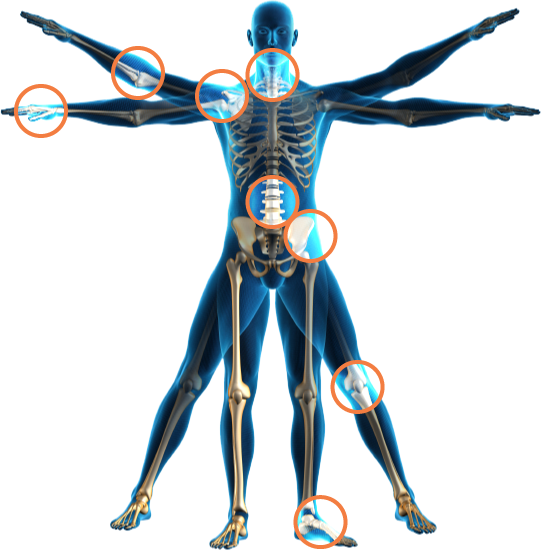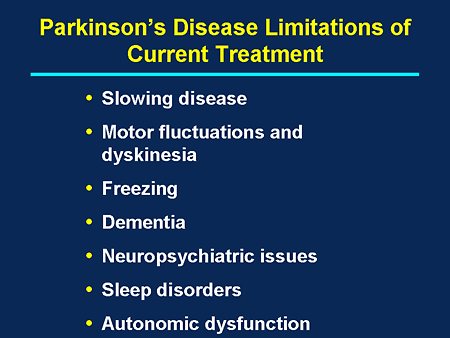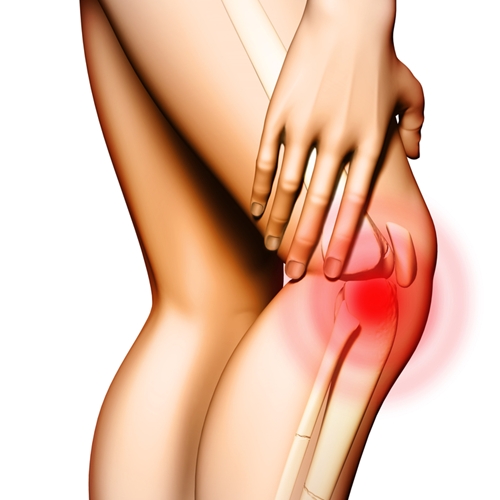The Benefits of Stem Cell and PRP for Facial Rejuvenation
When women begin aging lots of things change about them. it is natural that these changes happen as some of the bodily processes also comes to a halt for example production of crucial hormones that make women be what they are stops. these hormones estrogen and progesterone are known to play very crucial roles in the general wellbeing of women but there production will stop during menopause, however I dint mention these hormones to highlight the effects of hormones on the appearance of the skin, no, just highlighted them to give examples of what happens before aging and what stops during aging. The body has its own mechanism of keeping itself young and rejuvenated. the stem cells has a crucial purpose in ensuring that the skin is in good health but as aging sets in the body will not have enough of these stem cells to help in keeping the skin younger and beautiful. Therefore it is necessary to supplement the amounts of the stem cells to ensure that the skin maintains its aesthetic properties even during aging. The supplementation of the stem cells in the body to help in facial rejuvenation can be done through platelet Rich Plasma therapy.
Platelet Rich Plasma for facial rejuvenation
Platelet Rich Plasma therapy is a safe and effective strategy of facial rejuvenation. It is safe since PRP is produced from your own blood; therefore there is no risk of an allergic reaction. In addition, PRP contains concentrated amount of white blood cells, your natural defenders against infections. As a result, infection is extremely rare with PRP treatment. Platelet rich plasma (PRP) is an extract of your own blood that contains three to five times more platelets, growth factors, and active proteins for tissue and injury healing. It has been used medically for years to accelerate wound healing; repair tendon, ligament and joint damage; heal diabetic ulcers; and help regrow muscle and bone. for facial rejuvenation, when PRP is injected beneath the skin it will cause a localized stem cell response, over a time the stem cell response recruits collagen-producing cells called fibroblasts. The fibroblasts replace tissue that has been damaged or lost through the aging process with healthy skin that looks refreshed, rejuvenated and aesthetic. PRP owes its effectiveness to the medicinal properties of blood platelets. Platelets are important for clotting our blood and repairing our body. They also release ‘growth factor’ which stimulates stem cells to repair and produce new healthy tissue. Platelet rich plasma is obtained by separating it from your blood with a centrifuge. Because your own blood is used there is no danger of disease transmission or allergies.

Benefits of Platelet Rich Plasma therapy
Platelet Rich Plasma has several medicinal qualities and has been used for quite a long time in healing certain diseases and it is these healing properties of PRP that has made it a target for healing degenerative diseases. Its properties as anti-aging agent have made it a target by cosmeticians. PRP has can be used in treating the following;
- Reducing fine lines and wrinkles
- Tightening and toning skin
- Mild collagen and volume loss
- Crow’s feet and dark under eye circles
- Acne scarring
- Dull dry skin
- Creepy neck
- Back of hands
Advantages of Using Platelet Rich Plasma in facial Rejuvenation
- Low risk of disease transmission and allergic reactions because your own blood is used
- Non-surgical with minimal side effects (bruising is really the only side effect)
- Natural: uses your own platelet cells with high concentration of growth factor
- Platelet Rich Plasma (PRP) injections are “bioactive” stimulators and not fillers and it will increase collagen providing a gradual increase in skin thickness.
- The impact of treatment is seen within a short time i.e. visible results appear the first treatment session.
PRP facial rejuvenation therapy procedure
 Prior to your PRP treatment, your blood will be drawn, like taking a standard blood test, causing minimal pain and thereafter the blood will be separated into its ingredients. With advanced technology separation of platelet rich plasma can be easily done through a process of centrifugation. After separation of PRP from blood, the degree of skin aging will assessed. The doctor will perform a simple skin analysis, and recommend a sensible treatment with a reasonable outcome. After your skin is cleansed and prepared, local anesthetic cream may be applied. If the entire face is to be treated, PRP will be injected via a syringe and applied topically to the skin with a dermaroller. For treating specific areas such as around the eyes and laugh lines, PRP is carefully injected to the targeted area.
Prior to your PRP treatment, your blood will be drawn, like taking a standard blood test, causing minimal pain and thereafter the blood will be separated into its ingredients. With advanced technology separation of platelet rich plasma can be easily done through a process of centrifugation. After separation of PRP from blood, the degree of skin aging will assessed. The doctor will perform a simple skin analysis, and recommend a sensible treatment with a reasonable outcome. After your skin is cleansed and prepared, local anesthetic cream may be applied. If the entire face is to be treated, PRP will be injected via a syringe and applied topically to the skin with a dermaroller. For treating specific areas such as around the eyes and laugh lines, PRP is carefully injected to the targeted area.
Possible side effects of PRP
PRP therapy for facial rejuvenation is an extremely safe procedure owing to the fact that nothing foreign that may cause an allergic or unfavorable immune response is not used. The blood used in PRP is from the patient’s body and hence safe. However some of the side effects of PRP include; mild swelling and bruising. These can last only for a week and then everything is back to normal. Dr. Dalal Akoury (MD), founder of the AWAREmed Health and Wellness Resource Center Located at Myrtle Beach, North Caroline is an expert in the treatment of degenerative diseases. Call on her for help.
The Benefits of Stem Cell and PRP for Facial Rejuvenation












 Osteonecrosis – Osteonecrosis or avascular ischemia of the hip can be associated with progression to an advanced arthritic joint. Standard treatment for osteonecrosis has included cord decompression with limited results. Stem cell therapy holds key to success in this area of orthopedic treatment. Studies on this area have shown that patients treated with mesenchymal stem cells improved than those treated with cord decompression.
Osteonecrosis – Osteonecrosis or avascular ischemia of the hip can be associated with progression to an advanced arthritic joint. Standard treatment for osteonecrosis has included cord decompression with limited results. Stem cell therapy holds key to success in this area of orthopedic treatment. Studies on this area have shown that patients treated with mesenchymal stem cells improved than those treated with cord decompression.







 In 1980-90s researchers worked to find out if the cell replacement therapy could be used to quell the harmful effects of the Parkinson’s disease. The findings of these researchers have since been a foundation upon which current researchers increase the scope of their study on the effects of cell replacement therapy on the Parkinson’s disease. Particularly, Swedish, American and Canadian researchers have transplanted the developing nigral dopamine-producing neurons from human fetuses into animals and human patients with Parkinson’s disease. In these studies there were some great improvements while in other cases there were only modest changes.
In 1980-90s researchers worked to find out if the cell replacement therapy could be used to quell the harmful effects of the Parkinson’s disease. The findings of these researchers have since been a foundation upon which current researchers increase the scope of their study on the effects of cell replacement therapy on the Parkinson’s disease. Particularly, Swedish, American and Canadian researchers have transplanted the developing nigral dopamine-producing neurons from human fetuses into animals and human patients with Parkinson’s disease. In these studies there were some great improvements while in other cases there were only modest changes.




 Nicotine and Neurochemicals
Nicotine and Neurochemicals






